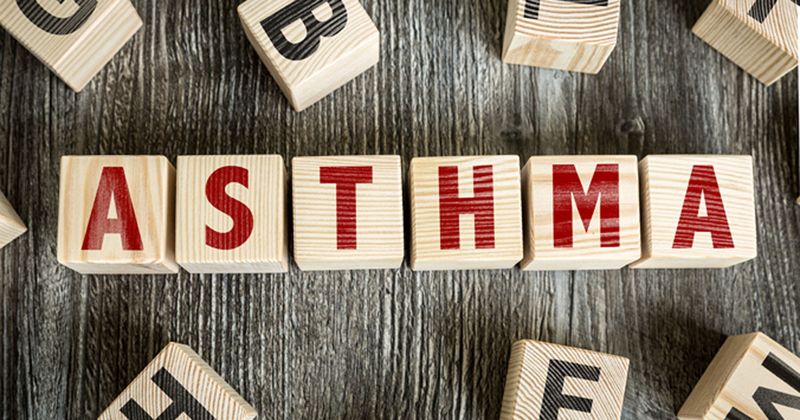Fewer serious asthma events in Philadelphia after COVID-19 stay-at-home orders
Public health interventions and stay-at-home orders issued in March in the Philadelphia region to limit the transmission of COVID-19 also led to a marked decrease in health care visits for outpatient and hospitalized patients with asthma.
Researchers with the Children’s Hospital of Philadelphia and the Hospital of the University of Pennsylvania reviewed electronic health records to analyze asthma-related encounters and weekly summaries of respiratory viral testing in the 60 days leading up to March 17, when Philadelphia issued a series of stay-at-home orders, compared with the 60 days following stay-at-home orders. They found a 60% decrease in total daily asthma health care visits across CHOP’s hospital and Care Network, according to data published in The Journal of Allergy and Clinical Immunology: In Practice.

Further, fewer rhinovirus infections due to mask wearing, social distancing and hygiene measures may have contributed to these findings, the researchers reported.
After March, in-person asthma encounters decreased by 87% in the outpatient setting and by 84% in the emergency and inpatient settings, according to the findings. During the pandemic, video telemedicine was the most-utilized modality for asthma encounters and was used in 61% of all visits, while telephone encounters increased by 19%.
During the same period, the researchers observed decreases in asthma-related systemic steroid prescriptions and the frequency of rhinovirus test positivity.
“The COVID-19 pandemic has had less of an impact on our asthmatic patients than we would have anticipated, given the significant morbidity caused by other respiratory viruses in our asthmatic patients,” Sarah E. Henrickson, MD, PhD, assistant professor in the division of allergy and immunology in the department of pediatrics at the Children’s Hospital of Philadelphia, told Healio Pulmonology. “We have shown that the public health measures taken in this pandemic to reduce SARS-CoV-2 transmission have also reduced the transmission of another key respiratory virus, human rhinovirus, we have seen dramatically reduced asthma exacerbation frequency.”
Analysis of pollution data demonstrated that air pollution levels in Philadelphia were not substantially changed after March compared with previous years.
“While airborne pollutants decreased in the first few months of the pandemic, these changes were consistent with known seasonal decreases in these levels and are not clearly linked to the reduction in asthma exacerbations,” Henrickson said.
Looking ahead, she said it is important to build comprehensive studies among institutions to further test these hypotheses and for broader conclusions to be made.
For more information:
Sarah E. Henrickson, MD, PhD, can be reached at henricksons@email.chop.edu.

